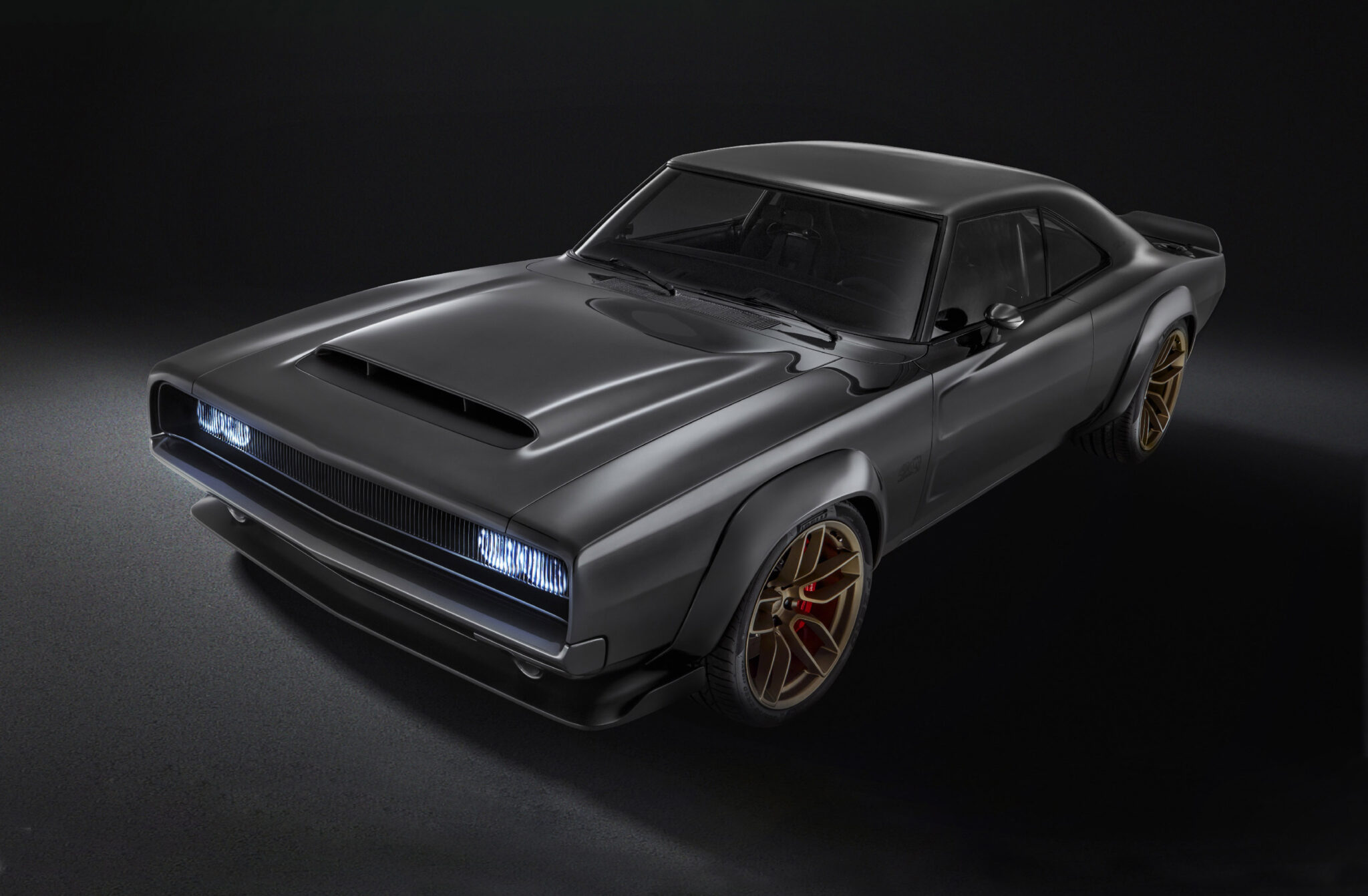window.dataLayer = window.dataLayer || []; function gtag(){dataLayer.push(arguments);} gtag('js', new Date()); gtag('config', 'G-0RQ7VDBZ87');

Highlights of the 1968 Dodge “Super Charger” Concept include a hood scoop based on the Dodge Challenger SRT Demon, Dodge Charger SRT Hellcat headlamps placed behind the grille and shaved door handles and drip rails, creating a clean, streamlined appearance.
Singer Neil Young made us aware that Rust Never Sleeps. Neither does progress. A new breed of inline 6-cylinder engines are making a name for themselves and are even taking the place of V8 engines in many applications. Napleton News is all about newer tech and is happy to provide a brief introduction of this new (old) technology, as it prepares to take its place once again in the automotive landscape.
We say new (old) technology because the inline 6-cylinder engine has existed since 1903. That’s when the first straight six was introduced by Spyker which was a Dutch carriage builder that became a car company.
Through the years, engines have evolved, first from inline powerplants, which led to V-based engines and even W-styled engines.
Though extremely rare, Volkswagen and Bentley have utilized W8 and W12 engines, which feature one bank of cylinders placed within a wider bank of cylinders. They are reliable but can be expensive to maintain.
Many vehicles have used inline engines through the years. Some of the most iconic include the Jaguar inline-6 found in the XKE sports car. Later versions even included a legendary V12 engine, complete with six dual-draft Weber carburetors. Expensive to maintain and having quiet a taste for petrol, they were replaced by more efficient V6 and Inline-6 engines.
History seems to repeat itself.
Through the years, six-cylinder engines have remained a constant but mostly in a V6 format. V8 engines have been extremely popular in this same time, offering plenty of power, performance and fuel consumption. Stellantis, through its Dodge, Ram, Jeep and Chrysler divisions, have been bringing HEMI V8 engines to market that astound with astronomic horsepower ratings that rival some hand-built racing engines. A quick look at the Dodge Challenger SRT Demon 170 will bear this out. It delivers 1,025 horsepower in base, direct from the showroom trim.
The first commercially available inline engines were four-cylinder models. Engineers added two more for increased power and torque as a logical next step. They were all driven by a single crankshaft located in the bottom of the engine.
Modern inline six-cylinder engines are easy to manufacture, using one cylinder head, a single gasket and far fewer parts than used in a typical V-configuration. They produce far more torque at a lower engine speed and are typically quieter with less vibration than their V-shaped brethren. An inline engine can be installed in a horizontal or longitudinal position, depending on vehicle design.
The concept of bringing back inline 6-cylinder engines is not a new one. Mercedes-Benz, BMW and Toyota have been using them for years. Mercedes offers several inline-6 engines in regular tune making 362 horsepower or in the uber luxurious S500, with its supercharged and turbocharged 3.0-liter inline six-cylinder making 429 horsepower. It’s clear that M-B is at the peak of its performance.
BMW utilizes inline six-cylinder engines in its 528i and 535i sedans and in its M-series line of sports sedans. These range from turbocharged models making 335 hp and 493 hp to its S58 engine, making 503 hp. BMW shares a 382 horsepower 3.0-liter inline-6 with Toyota that is used in their Z4 and GR Supra, respectively.
The Hurricane is Stellantis’s new 3.0-liter inline six-cylinder twin-turbocharged family of engines. Designed to replace the company’s aging lineup of HEMI V8 engines, the Hurricane is new from the ground up. It will be available in Standard Output (SO) or High Output (HO) versions. The standard versions will offer “more than 400 horsepower and 450 lb-ft of torque,” according to Stellantis. High output versions will deliver “more than 500 hp with over 475 lb-ft of torque.” Those numbers are dancing in HEMI territory.
These engines will end up anywhere a current HEMI engine will fit. While it doesn’t have the same gravitas of a big block V8, Stellantis’s Micky Bly says “the Hurricane twin-turbo is a no-compromise engine that delivers better fuel economy…without asking our customers to give up performance.”
Having said that, we can honestly say we are looking forward to Hurricane season.
This post was published on April 24, 2023
Napleton News presents the Toyota 4Runner Video Review The Toyota 4Runner has amazed those in… Read More
Volkswagen Atlas Review and walkaround video The new Volkswagen Atlas full sized SUV is a… Read More
The 2024 Kia Sorento Hybrid is the best of several worlds. It’s a family SUV.… Read More
The Subaru Crosstrek started as a gimmick for the brand, but quickly became one of… Read More
Its parent company has a long history of building strong, potent and powerful vehicles for… Read More
There are many cars on the road today like the Cadillac CT4-V. But the question… Read More